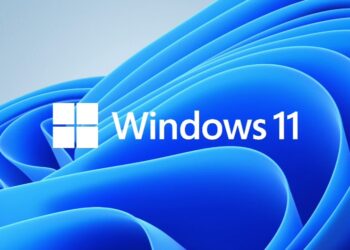Microsoft released Outlook.com back in 2012 and within a span of 6 months it received almost 60 million users and it now out of beta and ready to migrate all existing Hotmail accounts to Outlook.com. We had covered on how to get your Outlook.com email address and also to create aliases for your account. If you want to configure Outlook.com on any email clients like Outlook 2013 or other free clients like Thunderbird, then you do it via POP3. You will need the POP3 and SMTP server settings to configure them.

If you’d like to manage your Outlook.com account using an email app, you’ll need to set up your POP3 or SMTP server and port settings in your email app. You’ll need the following info:
- POP3 server: pop3.live.com (port 995)
- SMTP server: smtp.live.com (port 25)
Notes:
- If port 25 has been blocked in your network or by your ISP, you can set the SMTP port to 587 with TLS or SSL Encryption (depending on which email app you’re using).
- Choose the Secure Sockets Layer (SSL) option for both POP3 and SMTP connections.
- Choose the SMTP authentication for SMTP connections.
- Choose the outgoing server requires authentication option. (In most email apps, this option isn’t checked by default.)
- If you don’t want email messages to be permanently deleted from your inbox after you download them to your mail program, select the Leave a copy of messages on the server option.
Prevent losing email in Outlook.com when you’ve set up POP3
Outlook.com has a feature that prevents losing email messages if you accidentally set up POP3 to delete them after reading them on the server. Here’s how it works:
- The first time that Outlook.com receives a POP3 instruction to delete email messages after reading from an email app, it won’t delete the messages. Instead, Outlook.com moves the email messages that were successfully downloaded by the email app into a POP folder and out of the inbox. The POP folder is available in the Folders list.
- Outlook.com keeps the email messages in the POP folder until you sign in to your Outlook.com account and verify whether Hotmail should respect or ignore the POP3 delete command.





